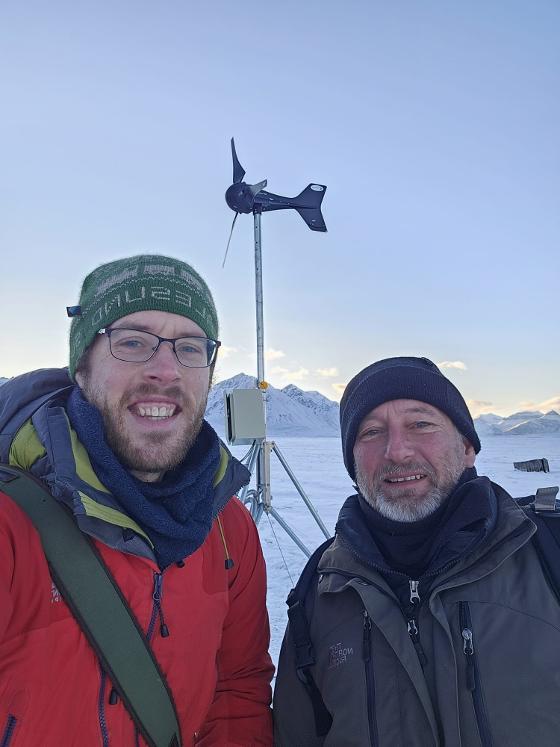Plastic pollution is everywhere, even in the air we breathe. Tiny particles called nano- and microplastics (NMP), along with the chemicals they carry, pose potential risks to the environment and human health. But understanding where they come from, how they spread, and how they change over time is still a major challenge. To tackle this, we’ve developed an innovative, hands-off monitoring system that can collect samples over weeks or months without human intervention.
At the heart of this system is the NanoTank, a device that uses a special “wet scrubber” to capture plastic particles from the air. The NanoTank is part of a larger autosampler setup, which automatically collects and stores samples at regular intervals, creating a detailed timeline of air quality. In this talk, we’ll introduce the system, share the ups and downs of its development, and highlight its first deployment in Ny-Ålesund, a remote Arctic research station.
In October 2024, we installed two samplers in Ny-Ålesund: one powered by renewable energy (solar and wind) at an isolated location, and another connected to the main power supply on a rooftop observatory. By March 2025, we’ll analyze the collected samples using cutting-edge tools: Raman spectroscopy for microplastics, pyrolysis GC/MS for nanoplastics, and LC/MS/MS for PFAS (a group of long-lasting chemicals). Join us to discover how this technology could transform our ability to monitor plastic pollution in the atmosphere and beyond.

Meet the speakers of today's event:
Co-Founder, Healthy Earth Dr. Steve Allen Environmental Scientist & Public Health Advocate
With a passion for protecting both people and the planet, I've dedicated my career to understanding the intricate relationships between environmental pollutants, public health, and policy. My research has taken me from the Tibetan Plateau to the Arctic, and from Vietnam to Botswana, fostering a unique understanding of global environmental health challenges.
Liam Kelleher
Liam has over 10 years experience in analytical technologies, project coordination, and development of plastic detection methods. Liam has a PhD in Physics from Swansea University and actively carries out research at the University of Birmingham.
Read more at: www.healthy-earth.org
Welcome!
It's free enrance :)